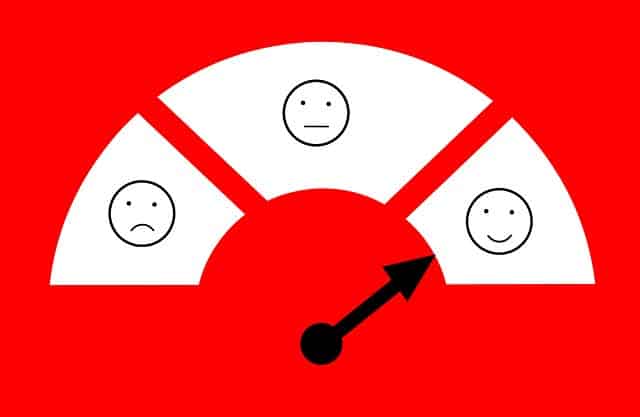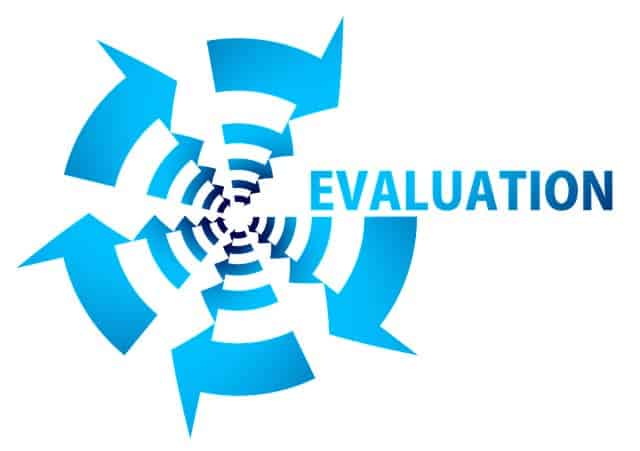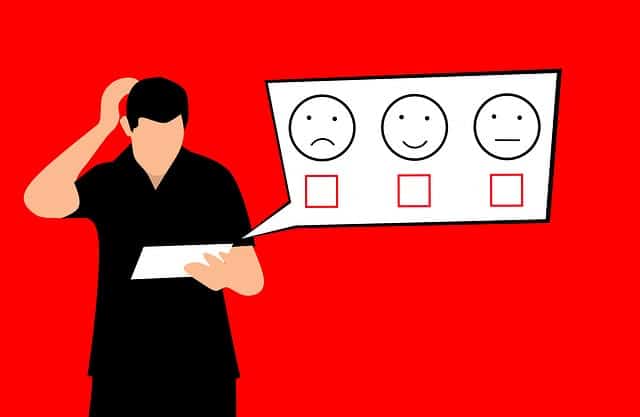At their core, surveys bring a wide range of different benefits to the table that you just won’t be able to replicate through other means of data collection. Not only are they great for high representativeness – meaning that they are a perfect opportunity to get insight from a large population group – they’re also a convenient way to gather complex data in a relatively low-cost way.
Not only that, but the results often have solid statistical significance, they contain little-to-no observer subjectivity and they deliver more precise results than other techniques.
However, it’s also important for you to remember that not all surveys are created equally. A valuable survey is a critical thing… but this is absolutely one of those situations where “getting it wrong” is almost as bad as not getting it done at all. Therefore, if you really want to conduct better, more valuable surveys than ever before, there are a few key things to keep in mind.

Your Guide to Better and More Precise Surveys
One of the most important things that you need to understand about crafting surveys is that the process of drafting the questions themselves is not something that can happen in a vacuum. For a survey to be valuable to every member of your organization, for example, questions should be created using a genuine “all hands on deck” approach.
When describing their own process of writing questions, Pew Research Center describes an environment where many staff members meet “several times” to discuss multiple iterations of each question before a survey is ever compiled at all. Then, every survey is also pre-tested, at which point final changes are then made before taking that survey into the field.
It’s equally important to pay attention to not just what information you’re attempting to learn with a question, but the wording of that question itself. Every single word choice or use of phrasing should be very precise because you have to guarantee beyond the shadow of a doubt that all of your survey participants interpret each one in the exact same way. Even a small difference in wording can cause someone to misinterpret what you’re really asking, thus skewing the results (and the entire survey) in an instant.

Another one of the most valuable techniques for writing better surveys involves the use of something called the “funnel technique.” In essence, you need to start with broad, overarching questions that are purposefully designed to be easy for the respondent to answer. These questions essentially act as a “primer” – you’re getting someone warmed up and involved in the journey that they’ve just embarked on.
Then, place the most difficult – or important – questions in the middle of the survey. People tend to naturally spend more time on this portion of a survey because their interest is at a peak, so it stands to reason that this is where you would want to include your most important ones.
Finally, you segue back into general questions that are again easy for the participant to answer. This almost acts as a bit of a “cooling off” period, opening the questions back up into broader and more general interests.
Along those lines, you’ll always want to make an effort to keep your survey as short as possible for the best results (both literally and figuratively). As a rule of thumb, try to make a survey that takes five minutes or less for people to complete. That generally translates into about fifteen questions. If you feel like you’re writing more questions that would push you beyond this point, don’t worry. You can always break them up into smaller surveys and publish them at a different time. You don’t want to overwhelm your participants or you run the risk of them “checking out,” which will again skew the results in a way that you can’t afford to deal with.
The Survey Is Complete. Now What?
Once you’ve followed the steps outlined above to actually conduct a better, more valuable survey than ever before, the next thing to do involves taking what you learned to strengthen and improve your collateral (and your business) moving forward.
You could even take the results of that survey and use it to fuel your collateral in some way. A tool like Visme (which I founded to help bring people to communicate visually) has a number of features built right in that can be of tremendous assistance in that regard.
This and similar types of tools can be used to visualize your survey results in minutes, bringing that data to life with engaging Infographics and other materials. You can customize everything – from the colors to the values to the fonts and everything in between.

Along the same lines, you could take the survey results and use them in internal meetings or even publish those results on your blog or website for all to see. If you want to show the specific correlation between two values (like a specific response and the demographics of the survey participants), you could also turn them into something like a scatter plot to help illustrate this relationship in a meaningful (and again, visual) way.
Depending on the goal of your survey, you’ve likely uncovered actionable, “straight from the horse’s mouth” insight into the direction that your company is headed. The people have spoken, loud and clear. It would be an absolute shame not to listen to them.